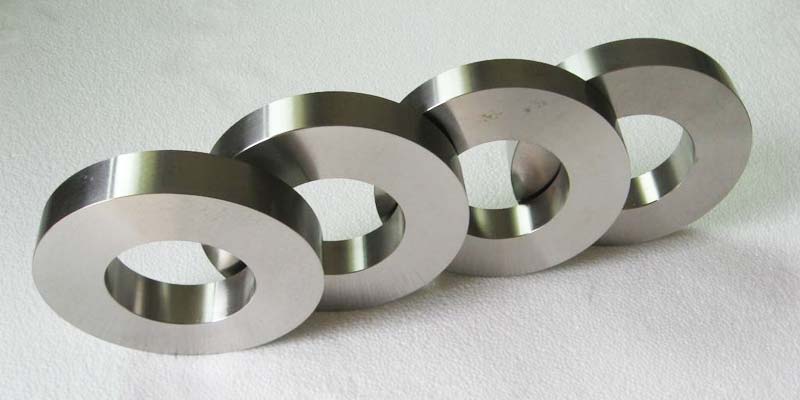- Contact Innally, Let you purchase forgings in China more favorable prices, products more assured!
- Hotline:+(86)15038323776 Email:innally@innally.com
Processing difficulties and solutions of titanium alloy forgings
- Category: Thermal forging, Titanium alloy forging
- |
- Date: 23/01/2024
the processing difficulties of titanium alloy forgings can be solved by optimizing cutting parameters, adopting cooling technology, removing oxides and improving equipment accuracy.
Product Details
As a kind of high performance material, titanium alloy forgings have been widely used in aviation, aerospace, chemical industry and other fields. However, there are also some difficulties in the processing of titanium alloy forgings, and corresponding solutions need to be taken.
First of all, titanium alloy forgings have high hardness, strength and toughness, which makes it difficult to process. In the cutting process, the tool is easy to wear, the cutting force is large, resulting in low processing efficiency. In order to solve this problem, carbide tools or coated tools can be used to improve the wear resistance and cutting performance of the tool. At the same time, optimizing the cutting parameters and the use of cutting fluid can also reduce the cutting force and cutting heat, and improve the processing efficiency and processing quality.

Secondly, the thermal conductivity of titanium alloy forgings is low, and heat concentration is easy to be generated during processing, resulting in workpiece deformation and tool wear. In order to solve this problem, coolant or cooling technology can be used to take away the cutting heat and reduce the workpiece temperature. At the same time, the workpiece can be preheated or a reasonable heat treatment process can be taken to reduce thermal deformation and tool wear.
In addition, the chemical properties of titanium alloy forgings are more active, and it is easy to react with oxygen, nitrogen and other gases to form hard and brittle oxides. These oxides affect the surface quality and workability of the workpiece. In order to remove oxides, surface treatment can be used such as pickling or sandblasting. At the same time, the contact of oxygen, nitrogen and other gases should be minimized during the processing to avoid the generation of oxides.
Finally, the processing equipment of titanium alloy forgings is demanding and requires high-precision and high-rigidity machine tools. In order to meet the processing requirements, the appropriate processing equipment and tools should be selected, and regular maintenance and maintenance should be carried out to ensure the accuracy and stability of the equipment.
In summary, the processing difficulties of titanium alloy forgings can be solved by optimizing cutting parameters, adopting cooling technology, removing oxides and improving equipment accuracy. In the actual processing process, the appropriate method should be selected according to the specific situation to improve the processing efficiency and processing quality of titanium alloy forgings.
nannan
INNALLY mainly provides you with various types of cast and forged parts products. Welcome your inquiries! innally@innally.com
Related Products
Search
Forging center
- Steel forgings
- Aluminium alloy forging
- Titanium alloy forging
- Stainless steel forging
- Copper forging
- Automotive forgings
- Locomotive forging
- Bicycle forgings
- Motorcycle forging
- Rigging and fasteners
- Bearing forging
- Electric power fittings
- Marine forging
- Mechanical forgings for metalworking
- Mining machinery forgings
- Marine engineering forgings
- Construction machinery forgings
Popular product

© 2025. All Rights Reserved.






